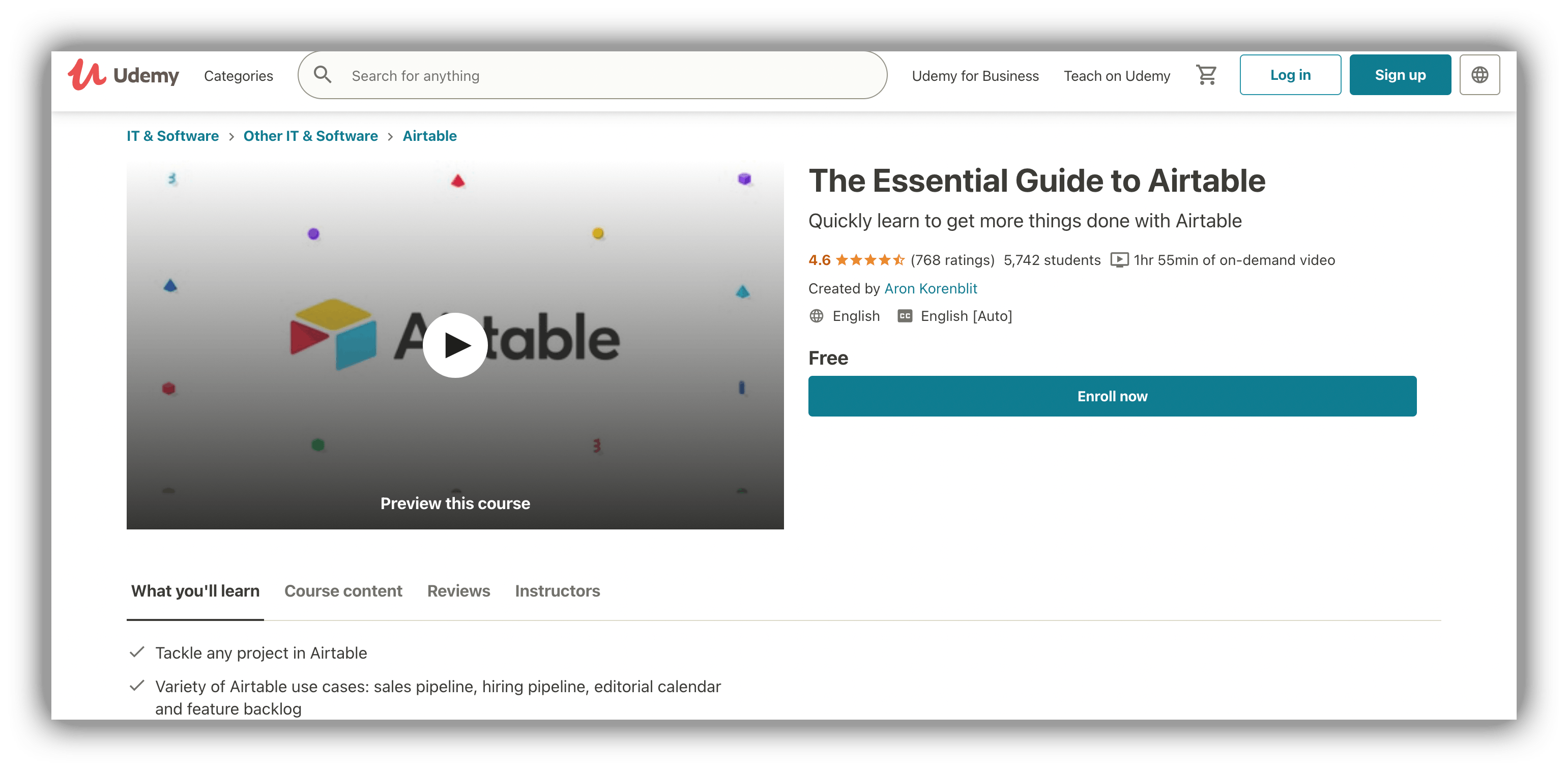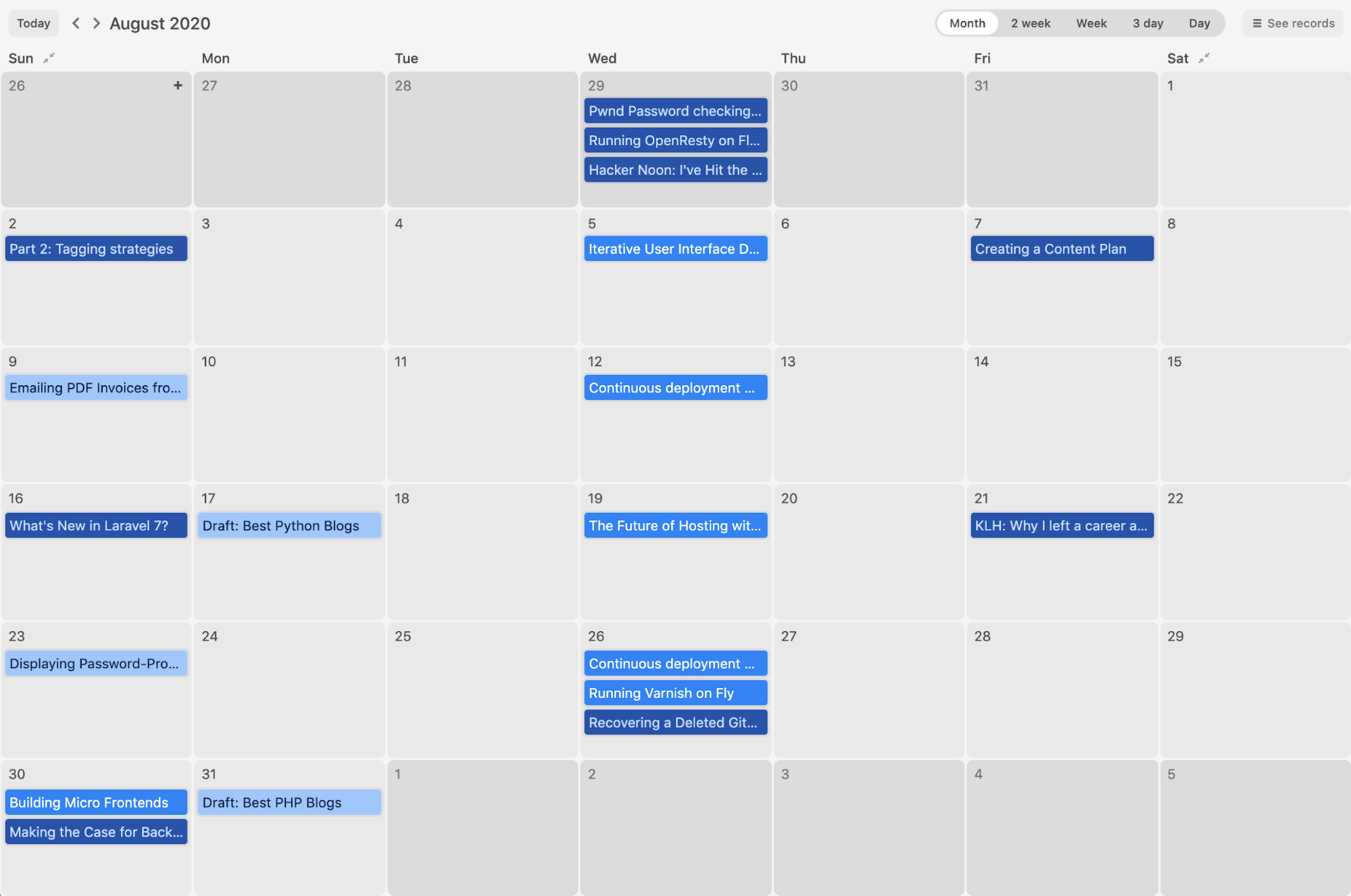


Ultimately, you want to structure your editorial calendar according to the needs of your team - but that doesn’t mean you have to start from scratch. The way that you structure your editorial calendar will differ based on various factors, like the size of your team, your audience, and your business goals. The templates above aren’t meant to show you exactly how you should run your editorial calendar or your content production pipeline-instead, think of them as a set of building blocks to help you get started. It creates a starting point for the agency to craft a content strategy - whether they’re trying to drive higher search traffic to a client website, or redesign a site to better match use cases for specific customer personas. That makes it easy to tally up which concepts rank the highest for the specific work that Purple Rock Scissors undertakes for clients. We put together this starter content marketing template to help content marketing teams consolidate all the information they need into a single database.Įach content concept is then connected through linked records to alternate tables including use cases, business goals, page traffic, and more. Switching between these tools means that information can slip through the cracks, making it difficult to track how your content is performing and how best to meet business goals. The difficulty with traditional editorial calendars is that they often disperse the information you need across different tools - you might have your buyer personas mapped out in a Google Doc, deadlines in Google Calendar, and article drafts in Dropbox Paper. That means producing content along specific verticals and user personas. If you’re doing content marketing by publishing posts on a company blog, you want to grow traffic by targeting an audience of people who are likely to be interested in your product. The Content Marketing Pipeline contains separate tables and views for articles, content ideas, publication, verticals, and SEO - everything you need to run a content marketing machine in one place. Centralize your editorial calendar and content pipeline
#Airtable calendar free
Feel free to rip and mix them as you like!ġ. We’ve collected five of our favorites from various Airtable users across blogs, digital publications, and marketing agencies. That’s why we’ve put together some of the most helpful editorial calendar and content marketing templates that people have built on Airtable below. Organizations that publish 12 times a month see up to 3.5x the traffic of organizations that publish once a month.Īs with most things, the hardest part is getting started. Providing the right structure to your editorial calendar helps you eliminate the logistical overhead and spend most of your time where it counts - actually writing content. When trying to cobble together an editorial calendar across several different tools, like Google Sheets, Google Calendar, and Trello, information gets lost. The problem is that editorial calendars get messy fast. Whether you’re publishing content for an internal company blog or running a digital publication, an editorial calendar helps you store critical information around articles, stories, and distribution. Your editorial calendar is the single source of truth for everyone on your team involved with content production. In essence, you can set a due date for your project in one field and use formula fields to calculate prior due dates for drafts or other check-ins.How to streamline and scale content production with Airtable.

Take the DATEADD function and you can add and subtract units of time to automatically calculate additional dates based on the one you supplied. Who wants to set due dates every day or even every week? You can use a formula to do the work for you. You'll be powering up your due dates in no time. And don't stop here-take these starting points as inspiration for your own custom formula-building. Let's take a look at some of the best ways you can harness the power of date and time with some clever date formulas. Instead of counting the days till your next due date, figuring out which contracts expire in Q3, or re-building your holiday calendar every year, let these time-saving formulas help you zero in on what's most important. Here's where Airtable's powerful formulas can step in to automate some of your most repetitive tasks.

But keeping deadlines straight across multiple projects, and making sure they're all up to date, can turn into a job of its own. Whatever the task you're trying to tackle, it's likely to involve a key date or two. Tracking dates is essential for prioritizing projects, meeting milestones, and planning for the future. Use these powerful formulas to stay on top of due dates and deadlines.


 0 kommentar(er)
0 kommentar(er)
